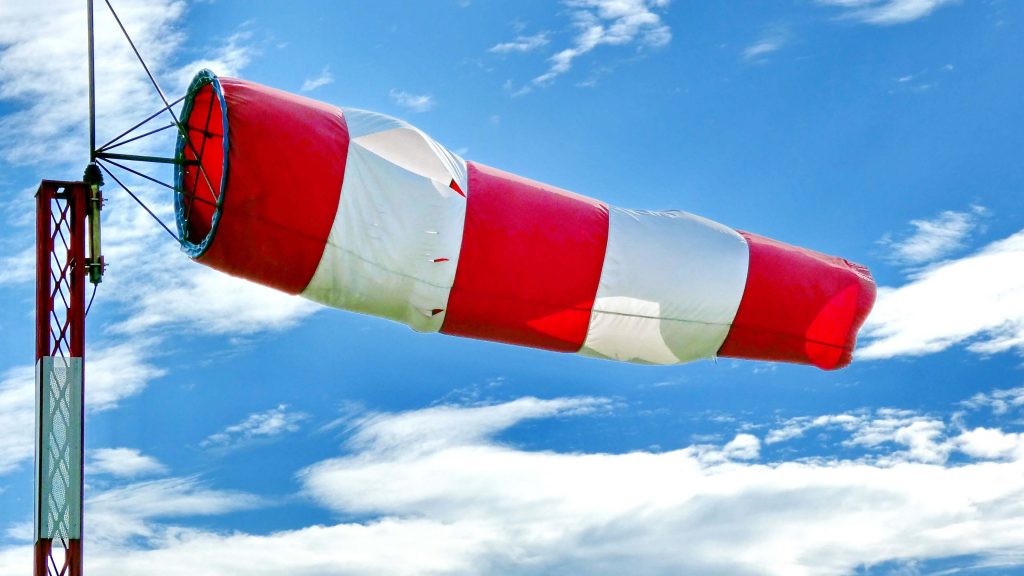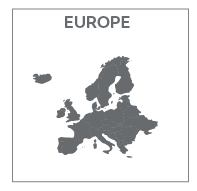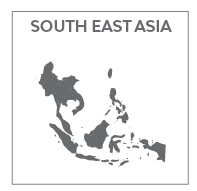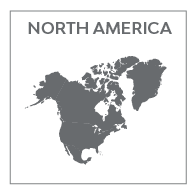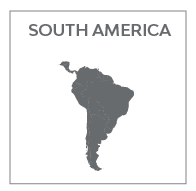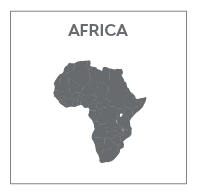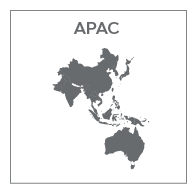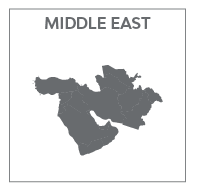At Wind Infinity we monitor global Wind activity, and we believe the below countries have demonstrated key developments towards Offshore Wind Energy generation projects and demonstrated the highest level of activity on a global level:
-
China
-
Denmark
-
France
-
Germany
-
Japan
-
Korea
-
Norway
-
Portugal
-
Spain
-
Taiwan
-
United Kingdom
-
United States of America
Country Specific Offshore Wind Energy Projects
Country Specific Offshore Wind Projects
